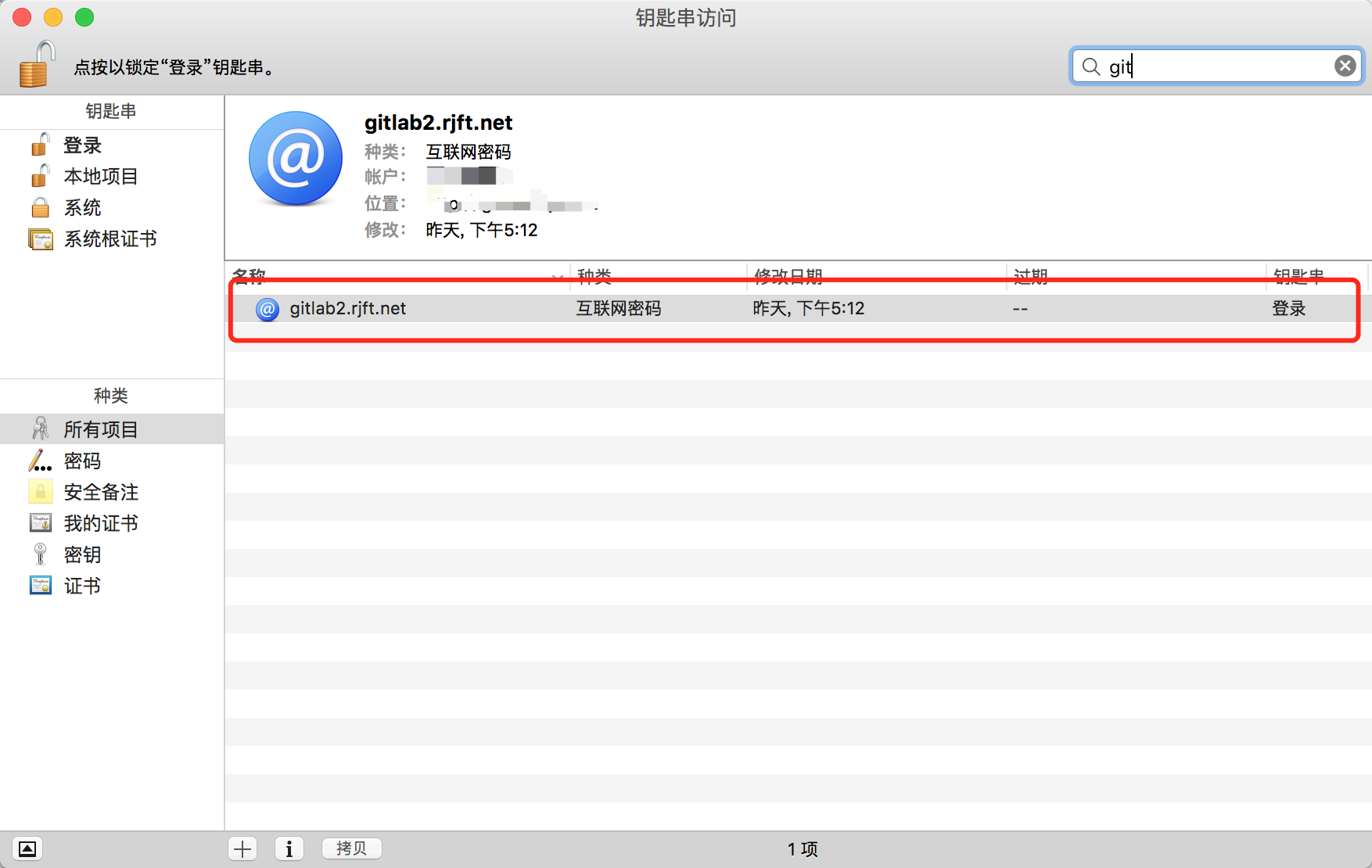

- SOURCETREE GIT AUTHENTICATION FAILED HOW TO
- SOURCETREE GIT AUTHENTICATION FAILED PASSWORD
- SOURCETREE GIT AUTHENTICATION FAILED MAC
If you see either of the following, you know you're using SSH to interact with the repository. To confirm you are using ssh, run git config -get You can then clone a repository using syntax of either of the following types: git clone clone ssh:///ACCOUNT/REPO

Go to and copy/paste your public key from the public key file.
SOURCETREE GIT AUTHENTICATION FAILED MAC
Your public key file is found in the ~/.ssh directory on a Mac or Linux machine and will generally be a file ending in.

To use SSH, you need to put your SSH public key in your GitHub account. To check if the credential helper is set up: git config -get credential.helper If you prefer to set the credential helper on a repository-specific basis, you can omit the '-global' flag. To set the cache in memory to last for a particular amount of time, here 3600 seconds (i.e., 1 hour): git config -global credential.helper 'cache -timeout=3600' Git config -global credential.helper wincred Git config -global credential.helper osxkeychain Git config -global credential.helper cache To cache in memory, in the MacOS keychain, or in the Windows keychain, choose the relevant one of these three invocations: # in memory: Your credentials can be stored in the keychain of your operating system or cached in memory or in a file. You can save, or cache, your credentials so that you don't have to reenter them each time you interact with the remote repository.
SOURCETREE GIT AUTHENTICATION FAILED PASSWORD
Saving your password or token to avoid entering it If you're just interacting with repositories, you probably want to simply select 'repo' as the "scope". You can create a token using these instructions or simply go here. One good option is to use a personal authentication token in place of a password. You'll be asked to enter your username and password (where the latter could be either your GitHub password or your personal authentication token).Īs of fall 2021, GitHub will no longer allow usage of a password alone. You can clone a repository using HTTPS like this: git clone The standard way to interact with a repository is via HTTPS. Using HTTPS with a personal authentication token or a password In what follows, I'll refer to the account or organization the repository exists in as ACCOUNT and the repository as REPO. With either of the first two approaches you can avoid entering a username and password each time you interact with the remote repository, as discussed below.īefore going into details, note that you can run the following (generally run from a directory within a repository) to see how things are configured: git config -l

There are three main approaches you can take: This documentation focuses on GitHub but the ideas are relevant for other platforms. Git provides multiple protocols for authenticating to and interacting with remote Git repositories.
SOURCETREE GIT AUTHENTICATION FAILED HOW TO
This documentation outlines how to connect to remote Git repositories, in particular how to avoid entering a password or authentication token each time.


 0 kommentar(er)
0 kommentar(er)
